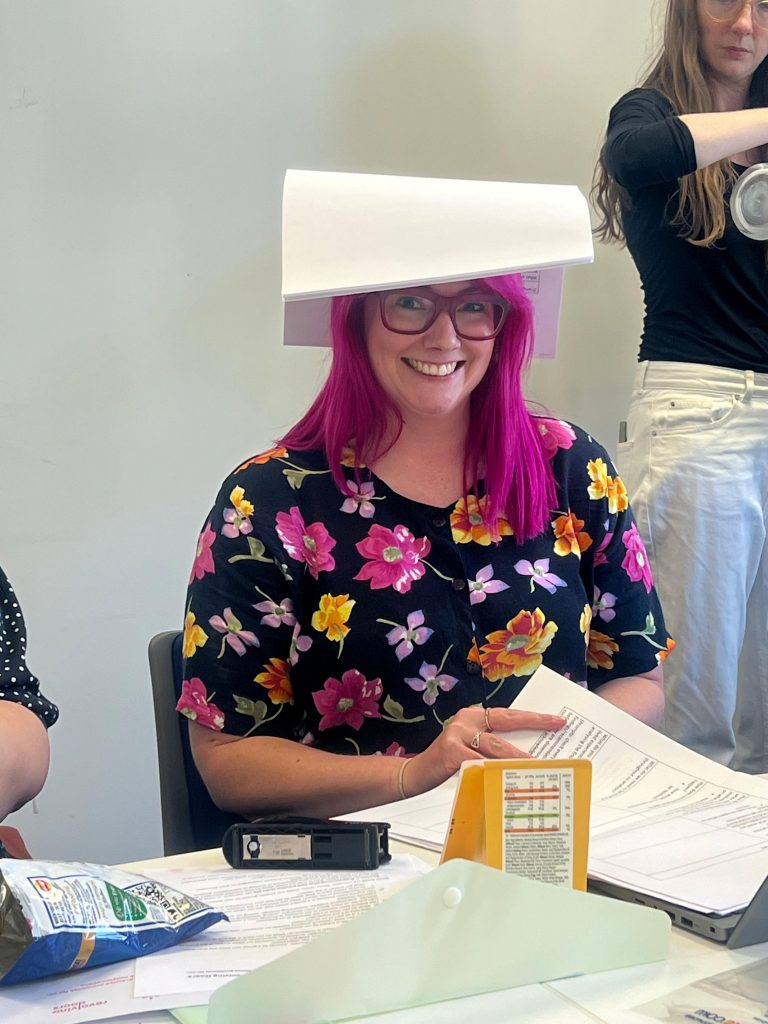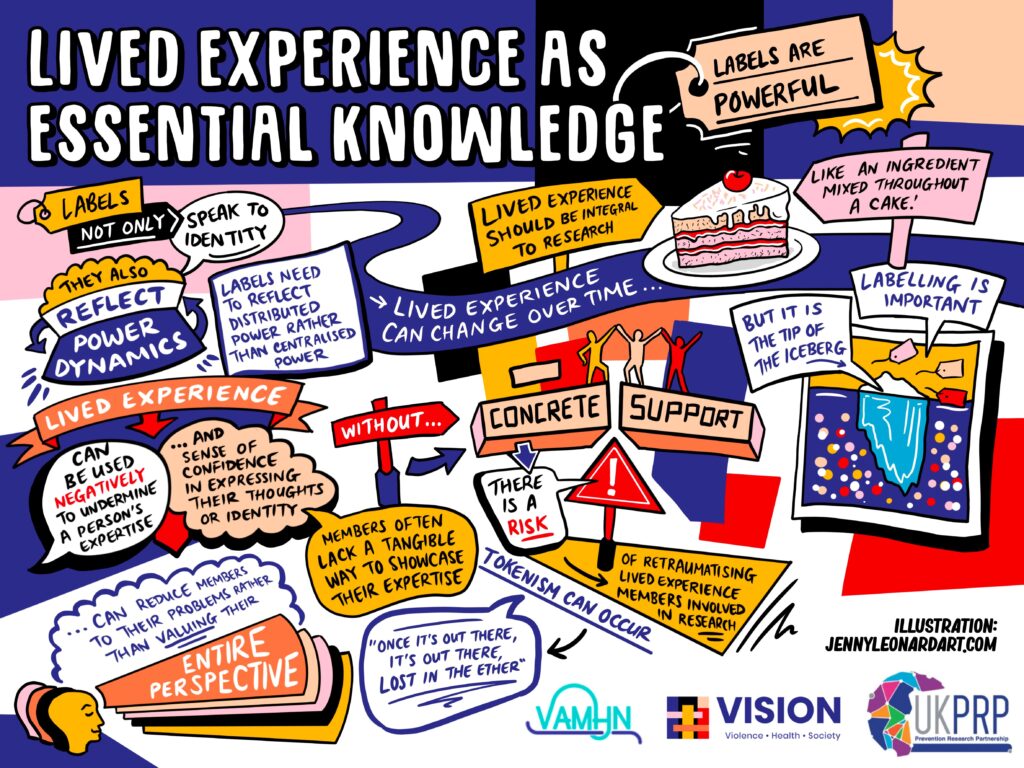By Ladan Hashemi, Senior Lecturer in Sociology of Health and Health Policy at City St George’s University of London
VISION was proud to sponsor their second collaboration with IKWRO (Women’s Rights Organisation) and host their annual conference. This year’s theme was Confronting ‘Honour‘-Based Abuse (HBA) in Policy, Technology, and Collective Action and held at City St George’s, University of London on 22nd October 2025.
The event brought together around a hundred survivor advocates, academics, frontline practitioners, and policymakers to critically examine urgent responses to HBA in today’s rapidly evolving world.
The conference featured three panels examining the flagship “Crime, Not Culture” campaign, the growing role of technology and media in shaping harm, and the resilience and leadership of survivors and community advocates. Throughout the day, speakers and attendees returned to a central question: How do we ensure HBA is recognised and treated as a serious crime rather than dismissed or misunderstood as ‘culture’?
Narratives, Evidence, and the Power of Speaking Out
The day opened with powerful survivor testimonies – deeply personal accounts of control, coercion and systemic failures. These stories underscored the need for meaningful training across policing, healthcare and the family courts. As one panel chair reflected, “It’s not that the government lacks the budget. It’s about priorities. Women from ethnic minorities are not a priority.” The consequences of this neglect, she noted, echo across public services, placing a substantial and avoidable burden on institutions such as the NHS and the police.
Scholars challenged common assumptions about “culture” and emphasised the importance of evidence-informed policy. Their discussions invited the audience to interrogate the ways colonial narratives have shaped understandings of honour, family, and gender norms.
Technology, Media, and Emerging Threats
The second panel explored the fast-changing digital landscape. Speakers examined how technology-facilitated abuse, sextortion, online misogyny, and surveillance increasingly interact with HBA. The panel highlighted that marginalised women and girls often face compounded risks: gendered, racialised, and technologically amplified.
Two short animations produced by the Women’s Research Hub team in collaboration with VISION, on HBA and sextortion were screened during the session. These visual narratives helped ground the discussion in the lived realities of young people navigating online harms – showing not just the risks, but also how digital tools can be used to educate, empower, and support.
One speaker captured the spirit of the day: “It seems it wasn’t enough to be oppressed by patriarchal systems; now we also face the same inequalities reflected back at us through AI and social media.”
Collective Action and Pathways to Change
The final panel focused on resilience and community action. Speakers discussed the importance of survivor leadership, culturally informed practice, and training that centres real voices rather than “death by PowerPoint.” Their reflections highlighted that effective change relies on collaboration between organisations, communities, and those with lived experience.
The conference closed with remarks from Jess Phillips MP, who reinforced the urgent need to strengthen protections and ensure survivors are heard and believed. Her contribution was a fitting conclusion to a day centred on solidarity, listening, and the collective responsibility to challenge harmful practices and support those affected.

One of the quilts created by survivors of ‘honour’-based abuse and IKWRO
A Day of Reflection and Resolve
The event showcased what happens when survivors, activists, academics, and practitioners come together with a shared purpose. Across panels, one message was clear: understanding and preventing ‘Honour‘-Based Abuse requires research, policy attention, resources, and above all, a commitment to centring the voices of those most affected.
VISION was proud to support this important gathering for a second time sparking further conversations about how evidence and collaboration can drive meaningful, long-lasting change.
Key to the event was the organisation and support of VISION’s Knowledge Exchange Manager, Kimberly Cullen and the IKWRO conference organising committee.
For further information, please contact Ladan at ladan.hashemi@citystgeorges.ac.uk
Photography supplied by IKWRO


